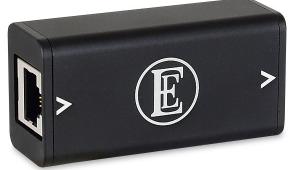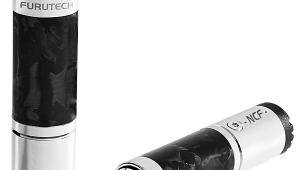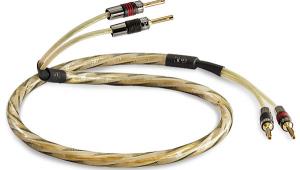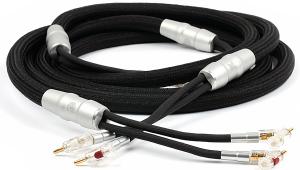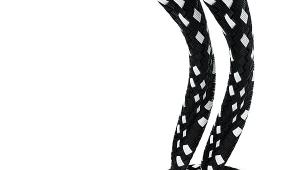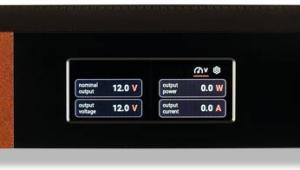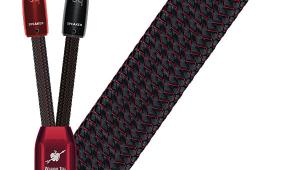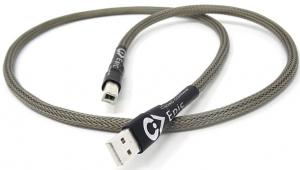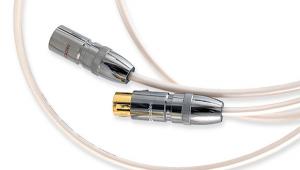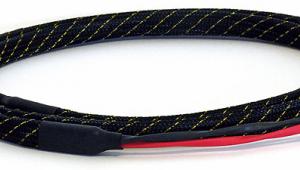AudioQuest ThunderBird Interconnect Cables

 This 'entry-level' interconnect at the foot of the Californian brand's new Mythical Creature range leverages familiar concepts and materials.
This 'entry-level' interconnect at the foot of the Californian brand's new Mythical Creature range leverages familiar concepts and materials.
For over 40 years AudioQuest's founder and guiding light, William 'Bill' Low, has been on a journey of discovery, exploring the properties of different conductors, dielectrics and geometries to not only offer as transparent an 'analogue link' as possible but also isolate that link from an increasingly hostile RF/EMI-strewn environment. Bill also has a flair for the dramatic, invoking the spirit of the 'ThunderBird' in this entry-level Mythical Creature interconnect.
Prices start at £2500 for a 1m stereo set terminated in silver-plated RCAs or £3400 for the balanced XLR configuration tested here. The top-end Firebird and Dragon interconnects trade the ThunderBird's solid 'Perfect Surface Copper+' conductors for 'Perfect Surface Silver' at £4700 and £8100 for 1m RCA-terminated lengths, respectively, but the underlying 'ZERO-Tech' cable theory remains consistent.
Zeroing In
Low dielectric loss is sought by surrounding the signal cores with air within FEP tubes, shielded by a sequence of carbon/graphene and foil screens with silver-plated drain wires. AQ's DBS (Dielectric Bias System), first encountered on the brand's William Tell speaker cable [HFN Dec '20], takes this a stage further. Here a 72V DC power pack located at the destination end of this directional cable is wired between the drain and shield to impress a polarising voltage across the dielectric. AQ had originally postulated that this fixed electrostatic field rapidly 'forms' the dielectric and hastens the 'run-in' time of its cables but now also promotes DBS as a method of improving wide-bandwidth dissipation of induced RF noise (for more – much more – see patents.google.com/patent/US7126055B1/en).
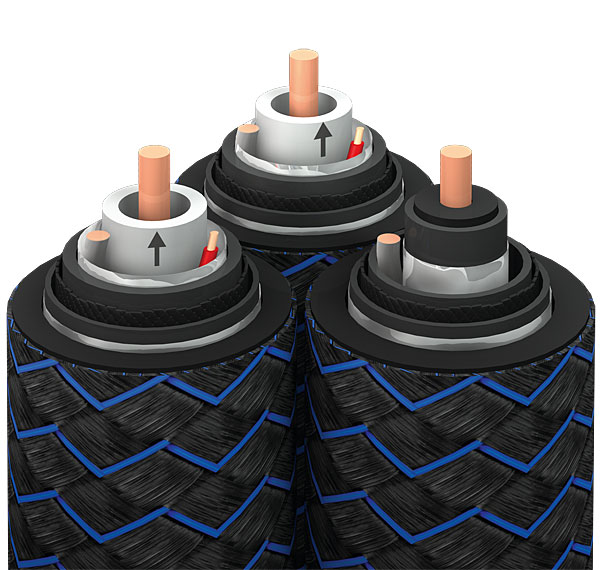
At the source end of the cable, only the solid-core signal conductors are terminated onto the female XLR although the braided screens of the 'X' and 'R' conductors are soldered to the earth/screen and return pins of the destination XLR plug. The LCR parameters are necessarily different for a balanced ThunderBird interconnect but the basic numbers include a low 82pF/m (SE) and 41pF (balanced) parallel capacitance, moderate 190mohm/m loop resistance and 1.4µH/m series inductance. As AQ is the first to point out, there's nothing 'mythical' about these lumped parameters.
![]() Thunder And Lightning
Thunder And Lightning
If ever the concept of 'incremental gain' could be applied to cable design then the empirical thinking behind AQ's ThunderBird gets very close. The 'evolution' of the AQ cable sound (if you can entertain the notion) takes another step here with the ThunderBird helping to paint a more detailed and colourful musical picture onto a progressively blacker canvas. So there is fire in its belly – evidenced by the power of those drums from Don McLean's folk-rock standard American Pie [Capitol; 192kHz/24-bit] and purity in the hi-hat percussion across The Crusaders' Street Life [MCA Records] – but also a calmness and serenity born of those hash-free backgrounds.
While this is a cable for all seasons, with no specific emphasis that might steer listeners to one musical genre over another, AQ's avowed attempts to lower the cable's characteristic impedance and suppress electrostatic fields may well bear more convincing witness in some systems than others. Deployed in my dCS Vivaldi APEX/Constellation set-up, it fully justified its position on the high-end's top perch, never once ruffling a feather...
Hi-Fi News Verdict
While this interconnect's spiritual namesake may have flashed lightning from its beak and rolled thunder from beneath its wings, AQ's own ThunderBird still exerts its own, if somewhat less frightening, influence on the 'fertility' of your hi-fi system. The impact of its DBS polariser may well be both system and environmentally sensitive, so a home demo is strongly recommended for this novel and potentially insightful-sounding cable.
Price £3400/£2500 (1m stereo set, terminated in XLRs/RCAs)
